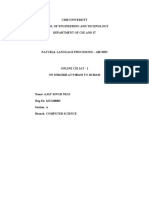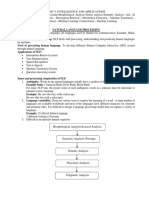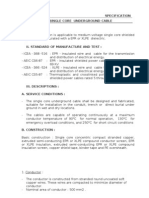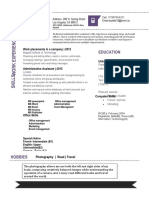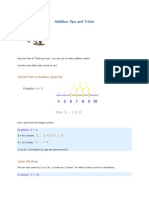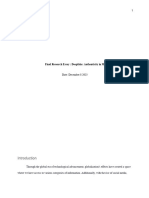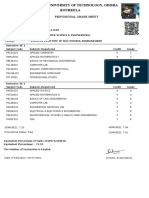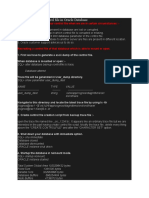0% found this document useful (0 votes)
40 views4 pagesNLP Unit 2 Imp
The document discusses key concepts in morphology, including its definition, challenges in Indian languages, and its relationship with finite state automata. It also covers processes like word segmentation, tokenization, part-of-speech tagging, and the Maximum Entropy model for tagging, as well as the importance of smoothing in N-gram models. Additionally, it highlights the significance of corpora in linguistic research and natural language processing applications.
Uploaded by
chourasiaronitCopyright
© © All Rights Reserved
We take content rights seriously. If you suspect this is your content, claim it here.
Available Formats
Download as PDF, TXT or read online on Scribd
0% found this document useful (0 votes)
40 views4 pagesNLP Unit 2 Imp
The document discusses key concepts in morphology, including its definition, challenges in Indian languages, and its relationship with finite state automata. It also covers processes like word segmentation, tokenization, part-of-speech tagging, and the Maximum Entropy model for tagging, as well as the importance of smoothing in N-gram models. Additionally, it highlights the significance of corpora in linguistic research and natural language processing applications.
Uploaded by
chourasiaronitCopyright
© © All Rights Reserved
We take content rights seriously. If you suspect this is your content, claim it here.
Available Formats
Download as PDF, TXT or read online on Scribd
/ 4

